Search
Search within East Asia and the Pacific
22 results found
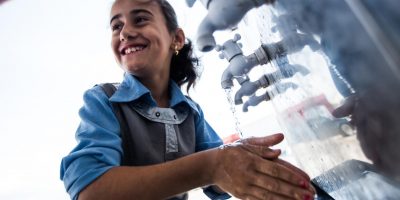
Evidence review
Health and the Urban Transition. Effects of Household Perceptions, Illness, and Environmental Pollution on Clean Water Investment
Recent efforts to reinvigorate the connections between urban planning and health have usefully brought the field back to one of its original roles. Current research, however, has focused on industrialized cities, overlooking some of the important urbanization processes in poor…
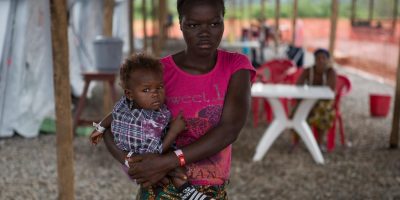
Briefing
Untimely Ends and the Pandemic Imaginary
“Untimely ends” can then be best approached as transformative topoi between the symbolic order of really existing epidemics and the pandemic imaginary, as a vision of the (biological and ontological) end of humanity. Rather than just bridging experience and anticipation,…
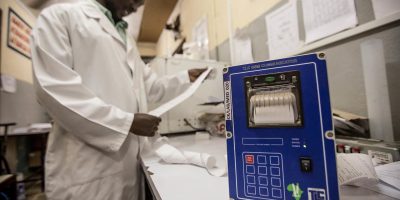
Briefing
Swine Flu: What Went Wrong?
Although the H1N1 ‘swine flu’ pandemic of 2009-10 was less severe than anticipated, the event revealed weaknesses in the world’s current configuration of planning for and responding to pandemic influenza, according to new research outlined in this briefing. Science, public…

Background report
The Political Economy of Avian Influenza in Thailand
Thailand is centrally located relative to the Avian Influenza epidemic and her response to the disease has important implications for disease control efforts both regionally and globally. A middle income country with a large and economically significant export oriented poultry…
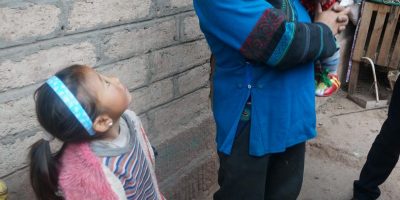
Background report
Early Response to the Emergence of Influenza A(H7N9) Virus in Humans in China: The Central Role of Prompt Information Sharing and Public Communication
In 2003, China’s handling of the early stages of the epidemic of severe acute respiratory syndrome (SARS) was heavily criticized and generally considered to be suboptimal. Following the SARS outbreak, China made huge investments to improve surveillance, emergency preparedness and…
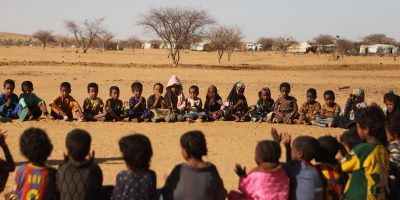
Background report
Health through People’s Empowerment: A Rights-Based Approach to Participation
Analysis of the academic discourse on participation, empowerment, and the right to health since the 1978 Alma-Ata International Conference on Primary Health Care and the subsequent Alma-Ata Declaration shows that each phase of the evolution of these concepts added important…
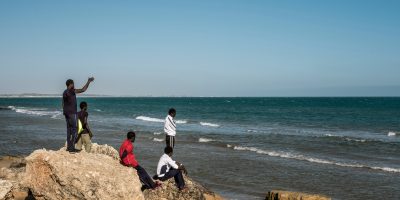
Evidence review
Child Centred Disaster Risk Reduction and Climate Change Adaptation: Roles of Gender and Culture in Indonesia
The principle aim of this research was to investigate the roles of gender and religion in child-centred disaster risk reduction (DRR). Moreover, and through participatory research, informal conversations and direct advocacy, the project team hoped to build knowledge and awareness…
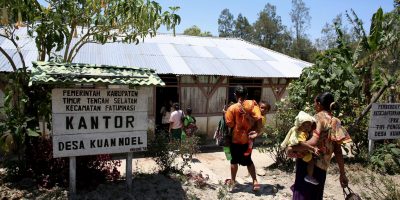
Background report
Risk, Modernity and the H5N1 Virus in Action in Indonesia: A Multi-Sited Study of the Threats of Avian and Human Pandemic Influenza
This thesis examines the Influenza A/H5N1 virus in action through an ethnographic study focused on the entwined concepts of risk and modernity. The objective is to explain why the response to the virus has been challenged in Indonesia. Concerned with…
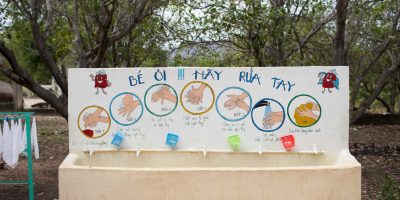
Background report
The Political Economy of Avian Influenza Response and Control in Vietnam
As a country suffering from large-scale AI outbreaks and receiving considerable international support, Vietnam provides a crucial case not to be missed in any analysis of the global AI crisis. Vietnam is also interesting because of two paradoxes in her…
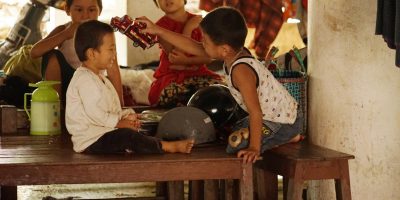
Evidence review
Vulnerable Groups in Burma and Access to Services
This report focuses on vulnerable groups in Burma and access to basic services. The first part of the report outlines groups considered to be vulnerable and marginalised. These include minority ethnic groups (such as the Chin, Kachin, Karen, Karenni, Mon,…


